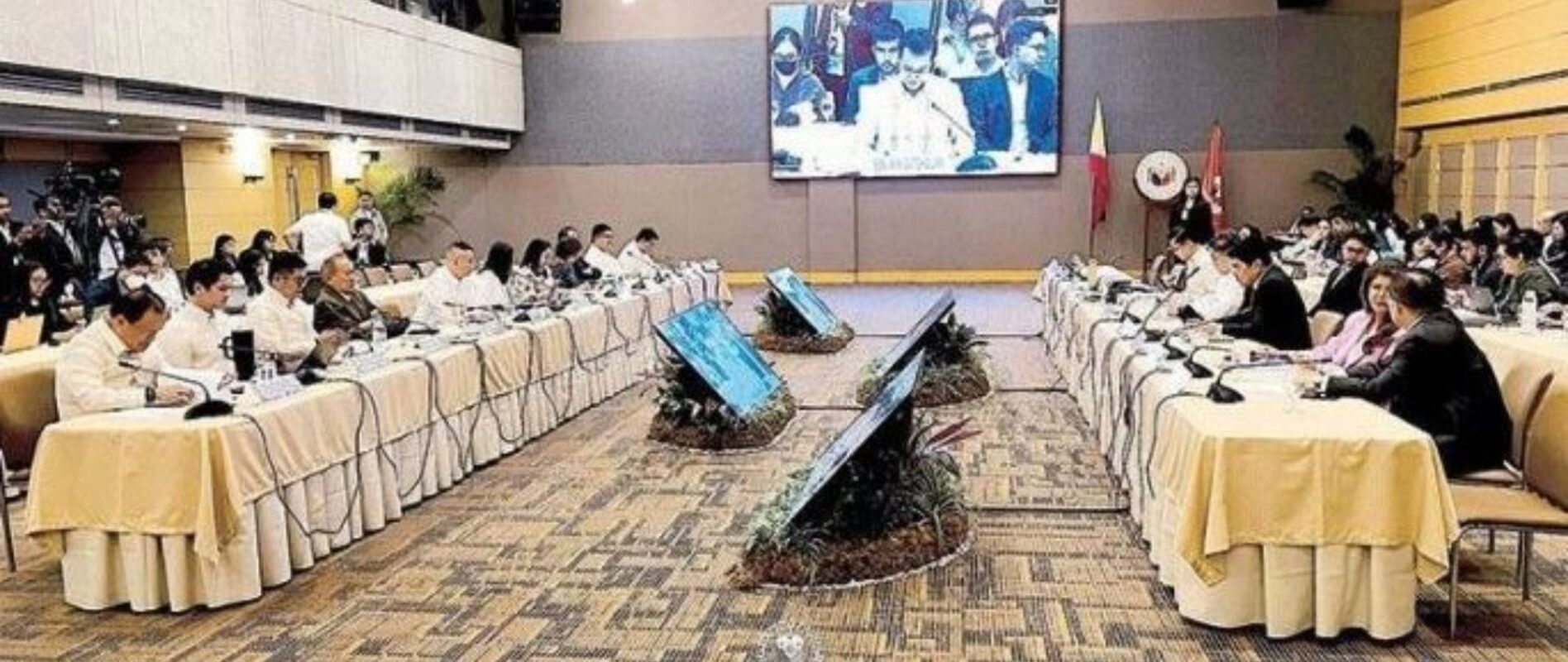MATATAG CURRICULUM SHOULD PROMOTE CREATIVE SKILLS, CRITICAL THINKING OF LEARNERS — SENATOR
SENATE Committee on Basic Education Chairman Sherwin Gatchalian is hoping to see future improvements in learners’ critical and creative thinking skills with the rollout of the MATATAG curriculum set to begin next school year.
SENATE Committee on Basic Education Chairman Sherwin Gatchalian is hoping to see future improvements in learners’ critical and creative thinking skills with the rollout of the MATATAG curriculum set to begin next school year.
Gatchalian said this following the results of the 2022 Programme for International Student Assessment on Creative Thinking, which placed the Philippines among the bottom four out of 64 Organisation for Economic Co-Operation and Development countries.
Fifteen-year-old Filipino learners scored an average of 14 points, while the OECD average logged 33 points.
The Creative Thinking Assessment was introduced for the first time in the 2022 PISA cycle.
“The PISA report, where we scored among the lowest in creative thinking, just tells us that the learners are being taught to memorize and not to think. They’re being taught to learn the facts, without understanding them. That affects critical thinking, as well as the creative thinking skills of our students,” Gatchalian said.
“We’re not teaching our basic education learners to think critically and creatively, and that needs a lot of reform. That’s where the MATATAG curriculum will come in because it not only reduced the number of competencies but also focused on critical thinking,” he added.
Gatchalian reiterated the importance of making sure that the MATATAG curriculum is properly implemented to improve learners’ performance.
He reiterated the need for quality teacher education and training since it is ultimately up to teachers to instill critical and creative thinking skills among learners.
The PISA 2022 creative thinking assessment examines learners’ capacity to generate diverse and original ideas across a range of contexts or domains.
The assessment has four domains: written expression, visual expression, social problem solving, and scientific problem solving.
Based on initial analysis from the senator’s office, 63% or six out of 10 Filipino learners are at proficiency level 1 or below when it comes to creative thinking. This means that in formulating their answers, they rely on obvious themes and struggle to generate more than one appropriate idea even for very open and simple imagination tasks.













